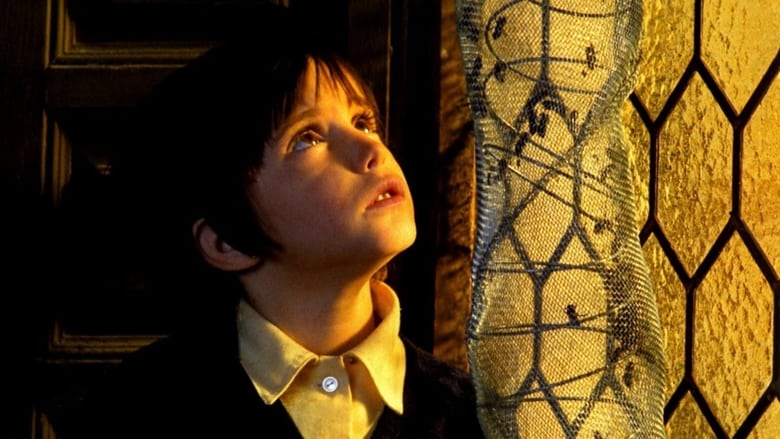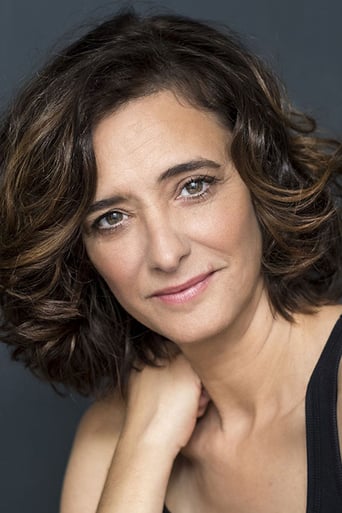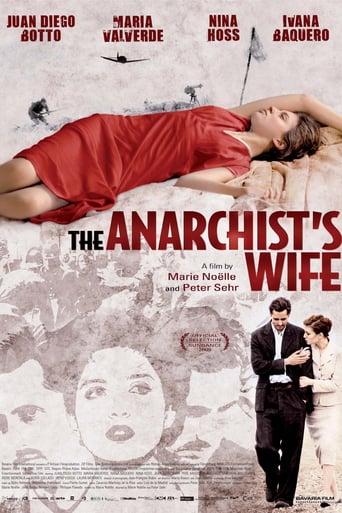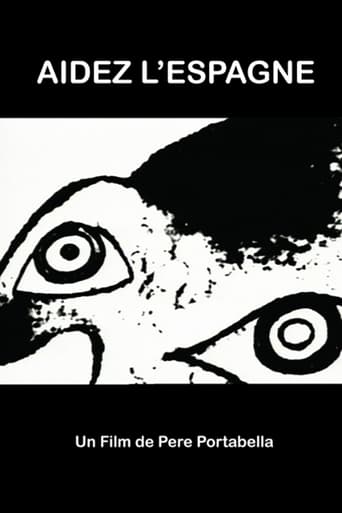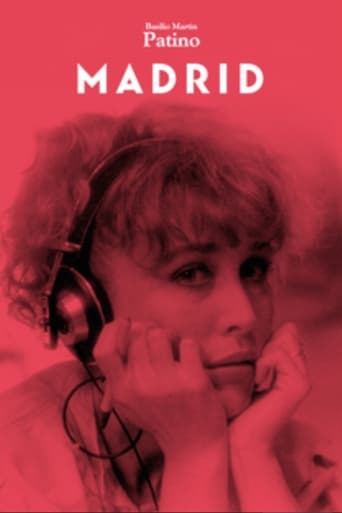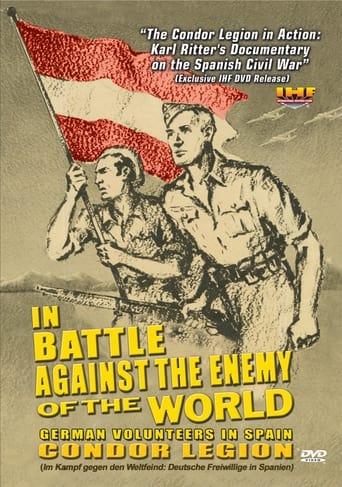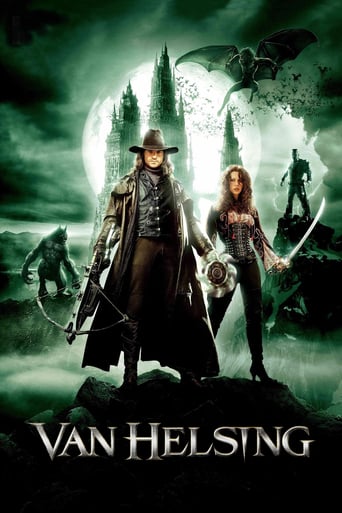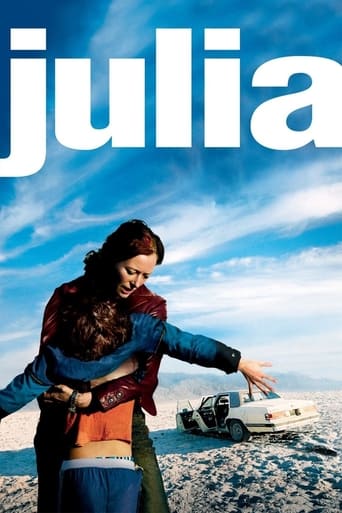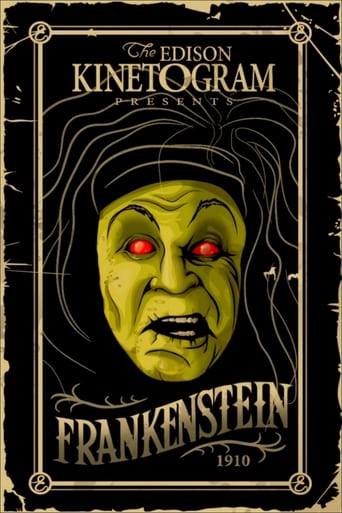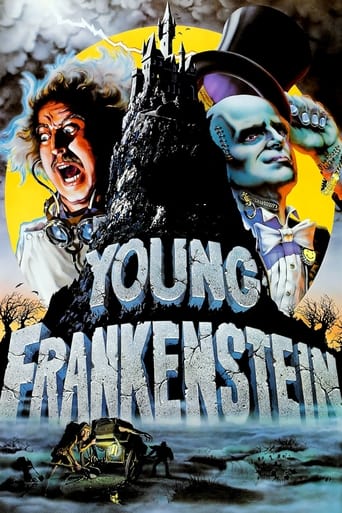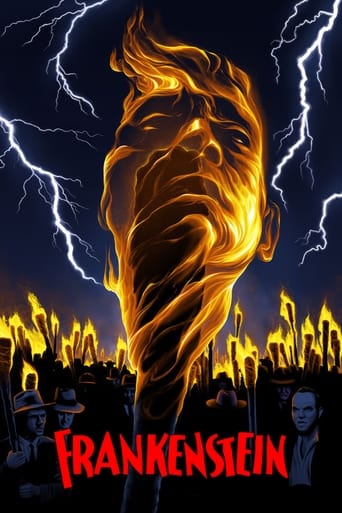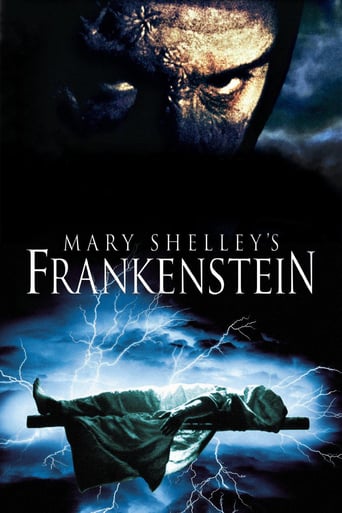The Spirit of the Beehive (1973)
In the aftermath of the Spanish Civil War, Ana, a sensitive seven-year-old girl in a rural Spanish hamlet is traumatized after a traveling projectionist screens a print of James Whale's 1931 "Frankenstein" for the village. The youngster is profoundly disturbed by the scenes in which the monster murders the little girl and is later killed himself by the villagers. She questions her sister about the profundities of life and death and believes her older sibling when she tells her that the monster is not dead, but exists as a spirit inhabiting a nearby barn. When a Loyalist soldier, a fugitive from Franco's victorious army, hides out in the barn, Ana crosses from reality into a fantasy world of her own.
Watch Trailer
Cast


Similar titles
Reviews
Too much of everything
The Age of Commercialism
Don't listen to the negative reviews
Good films always raise compelling questions, whether the format is fiction or documentary fact.
This movie was incredibly slow and drawn out. The director would shoot one scene for 20 straight seconds and nothing would happen. The people in this movie don't like to say much either. Calling it as it is here. Immensely over rated. Why does IMDb want me to stretch this out to make my review longer? I have said all that needs to be said.
Films about films are difficult to make ("8 1/2", "F for Fake", "Nema-ye Nazdik"), but in my mind even more difficult are those that are also about the enthusiasm towards them.And then there is something like this, transcending anything I set out in the above paragraph. It's about film, inherently cinematic in itself, and about the love for film, itself a source for such love. It's about the power of film, itself not only a testimony of such power but indeed a fountainhead.There's a clear dichotomy of things: interior versus exterior, body versus soul, real versus unreal and seeing versus not seeing. Art begotten by art. "Frankenstein" serves as a catalyst, and in a succulent turn of events Ana becomes Frankenstein herself, making Don José "see", and thus what first appears as a fun, pedagogically immersive little exercise, becomes an act of exorcism. Many ordinary things are thus transformed, such as jumping through the fire. That which is not seen is seen, that which is not is given existence. Mundane becomes magical (for us), or nightmarish.In terms of how the real and the imagined intertwine, it is Isabel who first says that films are not real, then immediately proceeds to tell Ana that she has seen the monster and that it can't be killed. The solitude of the monster is reflected in the solitude of her imagination. There's the motif of a journey: through doors (what doorways!) and the railway, the complete sense of coming and going, passing by, in this sense typified by not only the film that arrives amid great celebration in the beginning, but expressly by the fugitive who becomes the monster.I love Tarkovsky, so it shouldn't surprise anyone that this speaks to me deeply. But in some respects Erice goes further. The moments of smallness that he sees reveal life as poetry in the minutiae, ignited as if by the dance of light and shadows. The mother playing the out-of-tune piano, probably she just walked by, exercising a few notes, then continuing on her way through the house. In short, Erice's way of seeing poetry is not rushed, it's not invasive in cramming the screen with obvious symbolism. His cinema is subdued and lingering.And Isabel and Ana are perhaps the cutest pare of siblings in all of cinema.
The Spirit of the Beehive (1973)Seen just for what it is, a story of a little girl and her precious innocence in a world seeming to teem with quiet adult mysteries, this is a beautiful and somewhat slow movie. Sometimes a movie can be so evocative and transporting, the slowness is a gift, a necessary quality for being absorbed and lost in another world. And an elegiac world, sad and embracing and heavenly all at once.For me, thought, the slow pace began to weigh down the better parts of the movie, and in the simpler parts it become a distraction. In a few sections with somewhat awkward acting (a scene between the main woman, a kind of Nordic looking troubled soul, and a doctor, is glaringly bad), the movie showed its underbelly, which is really a bit full of itself. The metaphors are pushy and overused, the utterly sweet little girl the one unifying and transcendent element.Again, just seen for what it is, set in 1940 Spain (just after its civil war, and during WWII, though Spain largely avoided the war because it was thoroughly fascist by then) it is filled with isolation and desolate landscapes and a kind of loneliness that goes beyond isolation. The key, and important, twist at the beginning, the arrival of a copy of the 1931 American movie "Frankenstein" (dubbed into Spanish), is a penetration of this sadness from outside of Spain, and outside of the rural world of these simple villagers. The little girl is rapt, and her acceptance of the monster in her heart, almost literally believing in him, is a metaphor for wanting more than what life is going to offer, but getting more than other might expect simply by looking for it, reaching out for the gentle monster of your dreams.There are other metaphors, little ones like the out of tune piano, and large ones like the beehives, which inspire some inner monologues that push meaning far too hard. There is a second dim theme to the plot, about this woman having an affair that tears deep into her heart. There is a sense of flow to the movie, of broad horizons (the land is flat and barren), or repetition that builds on itself. It's a thoughtful movie, certainly, and a deliberate one, and a very slow one. It won't transport many viewers (though it has a growing and worshipful following among critics and movie buffs). I don't think the translation and subtitles were a problem. I saw it with a native Spanish speaker who was equally open to the movie's magic and equally dulled by its slow pace and its dwelling on small things far too long, as if taking for granted a patient and spellbound audience.So you might have to see the movie for what most viewers, especially younger ones, no longer understand: it is a metaphor and almost a protest against the continuing if weakening fascist government of Spain in 1973. It had been 35 years since the civil war tipped in favor of the fascists, and the oppressive government had squashed Spain's development as an economy and as an artistic culture all that time. This was a typical faint but legible response, filled with subtle hints of defiance, wrapped in mystery and analogy as a way of getting by the censors.But most of all, this is about human nature, beyond politics. It's about wanting more, about being alone in a family that should be very together. Enter with patience, and willingness to get lost in the mood of it all, because this is the soul of the movie, and it might just win you over.
This is surely one of the most acclaimed films (winning every award it was nominated for!) to emerge from Spain over the years and also among the most insightful looks at childhood ever captured on celluloid. The girls involved are both excellent, but Ana Torrent as the more sensitive of the two is genuinely captivating; I also have RAISE RAVENS (1975), ELISA MY LOVE (1977) and OGRE (1979) from this initial phase of her career (but have yet to watch any of them) although I did get to see the girl play a leading role as an adult in THESIS (1996) and a supporting one in THE OTHER BOLEYN GIRL (2008).To begin with, I was especially drawn to this in view of its connection to James Whale's FRANKENSTEIN (1931) – whose censored screening here is treated as an event by the populace of the village – hence my decision to include the film in a retrospective of that director (one of my personal favorites)'s work! In fact, I had first watched it on Cable TV without even the benefit of English subtitles (that said, it is essentially a mood-piece and does not rely too heavily on dialogue); ironically, given the lyrical cinematography on display, cameraman Luis Cuadrado was going blind at the time and would eventually commit suicide in 1980 (at just 45) when he lost his eyesight completely!While the father is engrossed in his beekeeping activities (which extends to the designs on the window-panes within their home!), the mother writes letters to relatives caught up in the war: the couple, however, seem to have grown apart as communication between them is otherwise minimal. Consequently, the two girls are left pretty much to their own devices for long periods of time – recalling Rene' Clement's FORBIDDEN GAMES (1952) – which gives free rein to their imagination (but also susceptibility). Still, they often wander in the country-side, going to the railroad tracks or an abandoned farm: one day, Torrent stumbles upon a wounded deserting soldier from the Spanish Civil War and, naively, she takes her smart-aleck sister's assertion that he is the Frankenstein monster for the truth! This incident also links THE SPIRIT OF THE BEEHIVE with another superb film about children – Bryan Forbes' WHISTLE DOWN THE WIND (1961) – where Hayley Mills takes an escaped convict she finds in a barnyard (Alan Bates) to be Jesus Christ! Before long, the soldier is summarily executed (in one brilliantly economical shot) and the little girl goes missing after her elder sister had played yet another trick on her by pretending to be dead! The whole village takes part in the ensuing search and she is eventually found asleep in a rubble but not before having been 'accompanied' in her flight by the Frankenstein monster! In the end, the film's deliberately low-key nature would doubtless be deemed pretentious by mainstream audiences but, for connoisseurs, this factor merely augments its inherently haunting quality and nostalgia for the days when the arrival of a new movie in town really meant something to people (as a social event) and children (as fuel for the imagination). By the way, while this film has been granted the deluxe 2-Disc treatment from Criterion, I have opted for the more affordable barebones Optimum R2 disc and recently I have also acquired the director's subsequent 2 films – THE SOUTH (1983) and THE QUINCE TREE SUN (1992) – but have yet to watch either...


